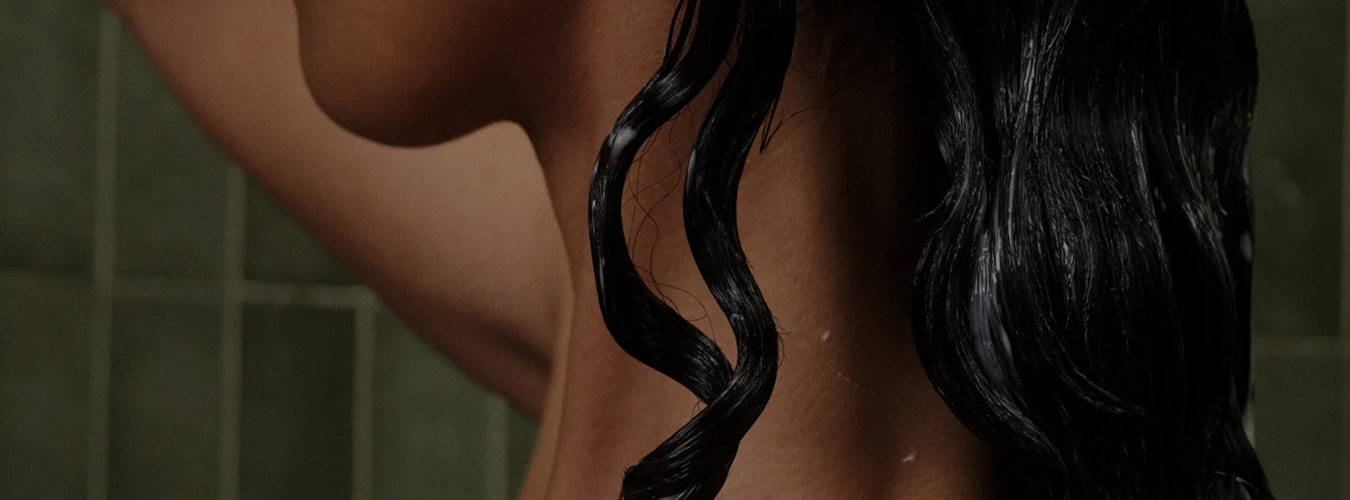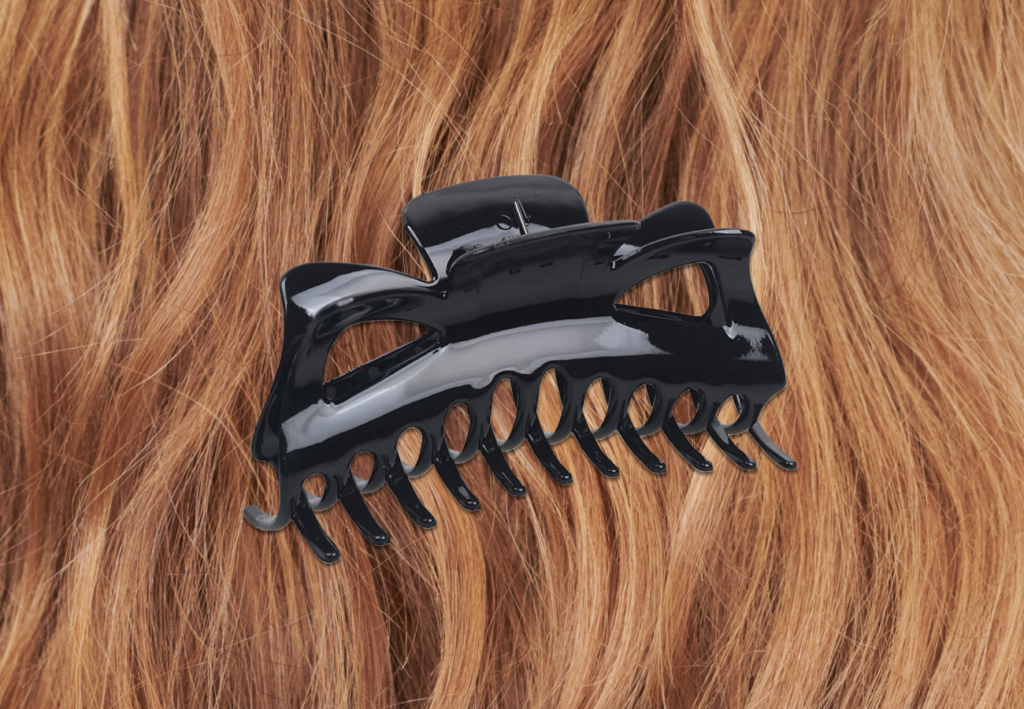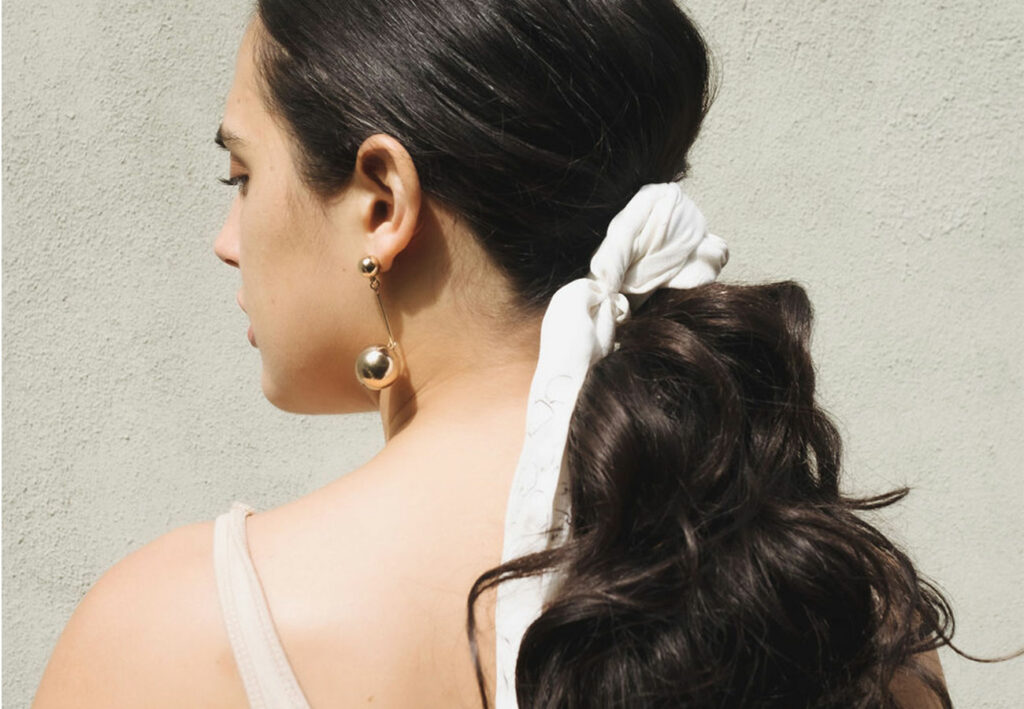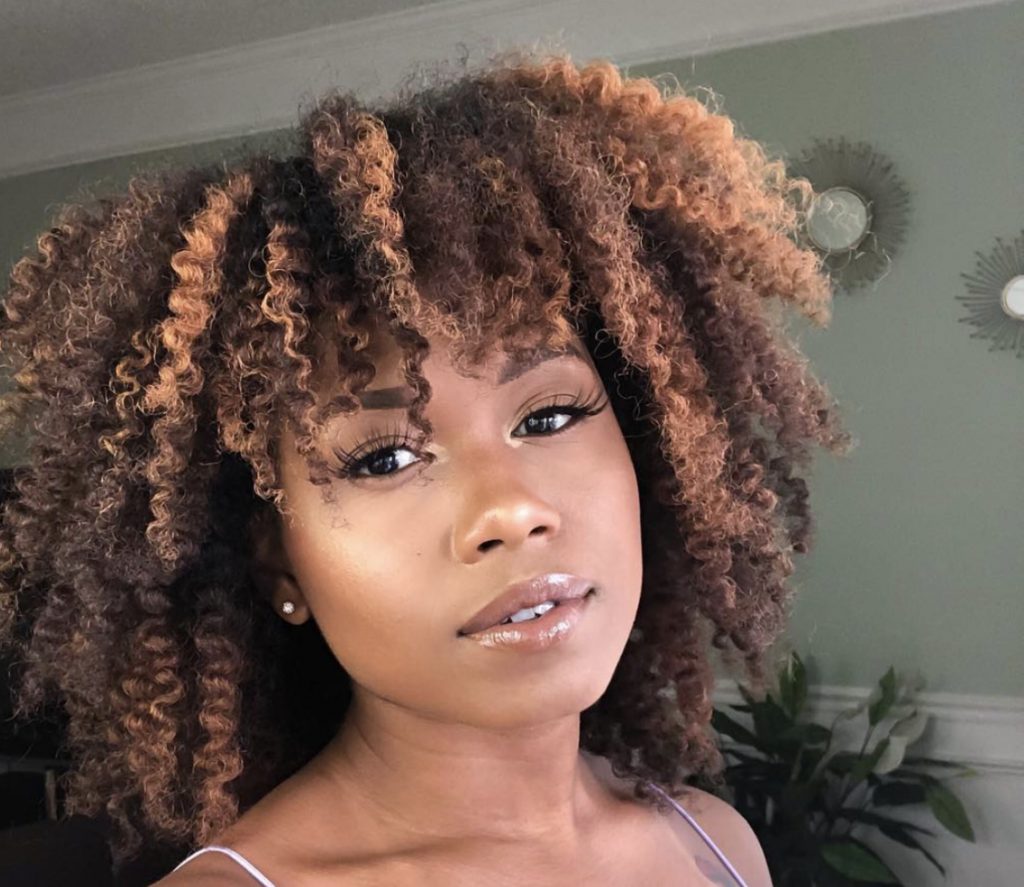Hair Extensions: The Most Popular Types and Methods
According to Rauchet, there are four types of hair extensions. While they all share one common goal—creating long, luxurious hairstyles—they’re all different in terms of application, texture, and longevity. Here’s a breakdown of the four types of extensions and the differences between them.
1.Tape-In Hair Extensions
A must-have for those with normal-to-thick hair textures, tape-in hair extensions create a cascading veil effect and are reusable up to three times. “This application is convenient for those who need to touch up their hair color within that time frame as well,” says Rauchut of tape-in hair extensions, which boast a removal and reapplication time of one to two hours. Wear time, on the other hand, is six to eight weeks.
2. Clip-In Hair Extensions
Clip-ins are super easy to use and can be applied at home in a few minutes’ time. They can easily be removed at any time and are the least damaging as they don’t call for the addition of chemicals or other harsh solutions to secure the faux hair. They can be washed once every 15 wears, and are versatile as they can work for a wide range of hair types.
3. Flip-In Hair Extensions
Versatile and simple to apply and remove, flip-in hair extensions are a popular choice among wearers looking for a quick way to change up their look. The extensions feature an invisible wire at the crown of the head. The wearer pulls their natural hair over the top of the hairpiece to conceal the wire. No tapes or clips are involved, making them a convenient option for occasional extension wearers. However, they are less secure than other types of extensions and wearers may need to adjust them throughout the course of the day.
4. Bonded Hair Extensions
Also known as keratin bond extensions, bonded hair extensions “are flexible at the root, which is perfect for the client who regularly styles her hair or wears low ponytails,” says Rauchut. Application time can take three to six hours and these hair extensions—ideal for fine hair types—can be worn for two to four months.
5. Halo Hair Extensions
These easy-to-style, invisible hair extensions are perfect for those who are super low-maintenance. What makes them convenient is the single weft (hair strands sewn onto a super-thin cloth strip) row is secured by a barely visible thread that lays on the head’s natural curve. “This is a great option for someone who is curious about extensions but not ready to commit to a more permanent application,” says Rauchet of halo hair extensions, which can last three to five years, and take two to three hours to apply if the extensions are being fitted to the whole head.
6. Micro-Link Hair Extensions
Also known as micro-bead and micro-loop extensions, micro-link extensions are applied by threading small sections of natural hair through tiny beads lined with silicone. A special tool is then used to secure the extension strand to the hair. This versatile extension type takes two to four hours to apply. The method doesn’t involve the use of heat or glue but still carries some risk of damage – especially to finer hair – because of how tightly the hair is pulled and scalp are pulled during the application process.
7. Sew-In Hair Extensions
Particularly well suited to thicker or coarser hair types, sew-in extensions are usually applied by braiding the hair into cornrows and then using a needle and thread to sew extension strands into each braid. These extensions can also come in wig form, and can be sewn onto hair in a single piece.
Sew-in extensions are an effective method of adding volume and length to hair. However, they put a great deal of tension on the scalp, which can be uncomfortable and can cause hair breakage. The application of a sew-in is a complicated process that must be performed by a professional. Wearers of these extensions should moisturize their scalps at least once a week and should remove the extensions every six to eight weeks.
Most Expensive vs. Most Affordable Hair Extensions
Pricing varies by hair extension type. Bonded hair extensions (aka keratin bond extensions) are easily the most expensive, starting at $2000 for the application.
“There is a lot we can achieve with this method,” says Rauchut. “This is because keratin bonds are less visible and more customizable. From a full transformation, like adding length or volume, to filling in a shallow spot, keratin bonds are for everyone.”
Meanwhile, halo hair extensions come in as the most affordable option, starting at around $200 for the application, but you can also find options that are a lot less expensive online.
“It is a very easy piece to install yourself,” says the pro hairstylist. “I also recommend this method to those who want to pump up their look without going through all the trouble. It’s also great for first-time extension users or someone on a budget.”
How To Care For Your Hair Extensions
Like your natural grown hair, hair extensions require proper care to ensure they last for as long as possible, and look as healthy as possible. A rule of thumb that applies to all types of hair extensions: Keep them dry after washing your hair (which shouldn’t happen as often if they’re not the removable kind) and always brush your ends first and work your way up from there to eliminate tugging and further breakage when detangling. And as is the case for natural hair, submerging your extensions in chlorine and salt water (i.e. the pool and the ocean) should be avoided.
It’s important to refrain from air-drying after getting your bonded or taped-in extensions wet. This may look like using a microfiber towel to blot your hair dry or using a blowdryer on low heat. Whatever you choose, it’s vital to keep your hair from being soaking wet. “If you skip this step,” Rauchet warns, “There is a chance that the bonds and tape will wither down and not last up to their full time lapse.”
As for using styling tools, heading towards the roots is a big no-no. “Everything from the earlobe down is safe,” she says, adding, “It’s a good vantage point.”
And if your hair extensions do have a negative impact on your natural hair, there are steps you can take to repair the damage.
How Are Hair Extensions Made?
While clip-ins, wefts, and halos are either hand tied or machine-made, human hair extensions—Rauchut’s preference—are carefully sorted. Before being cut from one’s head, the hair must be cleaned. It’s then pulled back and put in a tight ponytail, before being cleanly cut at the nape. From there, the soon-to-be human hair extensions undergo a sterilization and color bathing process before getting distributed.
An interesting note: Most human hair that is used for extensions come from India and China. Even hair extensions that are labeled as hailing from Brazil may boast a small percentage that originated from China.
Which Hair Extensions Are Best?
The “best hair extensions” are based on what your goals are, as well as what you’re willing to deal with, up-keep wise. Objectively, however, Rauchet has one clear pick.
“Personally, I prefer keratin bond extensions,” she says. “I love the feel of the bonds because they are almost undetectable.”
Take Care of Your Hair With Prose
Regardless of which of the different types of hair extensions you choose, quality haircare and supplements are at the root of any potential healthy hair growth. Take the Prose consultation to discover your custom formula. Choose from custom shampoos, conditioners, and styling gels.
Always made to order. Never made to waste.
Exclusive Trial Offer Get 60% Off + Free Gift







